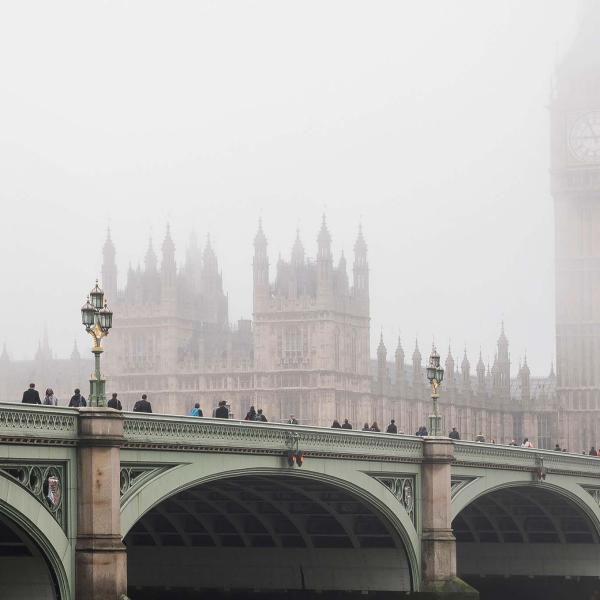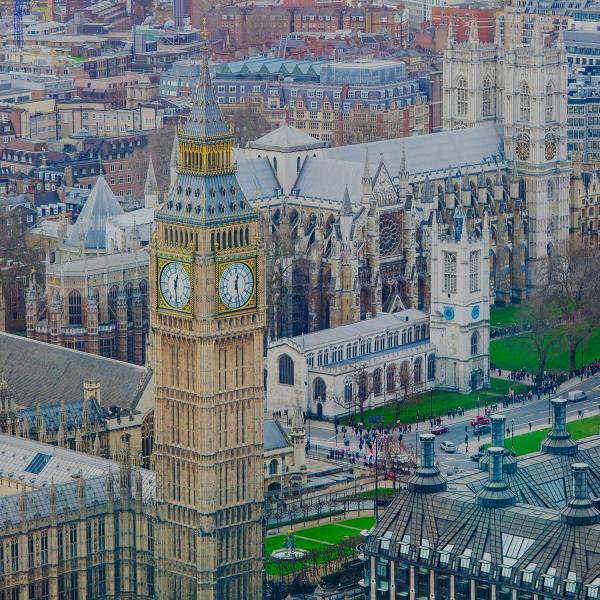The Chancellor Rishi Sunak has today announced a number of changes to the government’s winter support package, extending the Job Support Scheme (JSS) and increasing grants to businesses and local authorities.
In response to these changes, IFS Director Paul Johnson said:
“Three things stand out from today’s announcement. First, the Chancellor has made the Job Support Scheme much more generous. In many respects it has much in common with the current version of furlough scheme which comes to an end this month. Second, extra funding for grants for businesses facing falls in demand as a result of restrictions in tier-two areas gives significant discretion to councils on how much different businesses will get. This is a welcome recognition of the role of local decision makers in supporting their local economies rather relying on central allocations. The considerable challenge for councils now will be to direct this in the most effective way possible - and defend differences in policies from their neighbours. Third, the Treasury has, remarkably, once again neglected to put any cost estimate on a substantial package of announcements."
1. Job Support scheme made more generous
The Job Support Scheme – which is aimed at employers who do not have enough productive work to occupy their employees at normal working hours – has been made significantly more generous. The scheme can now be used for workers whose hours are cut by up to 80%, rather than two-thirds as originally intended. And, while workers will still be guaranteed two-thirds of the earnings from unworked hours (as originally intended) – notwithstanding a cap on the government contribution of around £1,500 per month – the vast majority of that will now come from the government, whereas previously it was split 50-50 between government and employer. The employer now has to contribute only 5% of the earnings for unworked hours.
This table shows how the scheme change will look for someone who continues to work one-third of their normal hours (the previous minimum) and for someone who works 20% of their normal hours (the new minimum). In combination, the two changes to the scheme mean that it is now possible for the government to pay almost one half of an employee’s normal wage, rather than 22%.
If employee cuts hours to 1/3 | If employee cuts hours to 20% | |||
Original JSS | Updated JSS | Updated JSS | ||
Employer pays | 55.6% | 36.7% | 24.0% | |
Government contribution | 22.2% | 41.1% | 49.3% | |
Employee gets | 77.8% | 77.8% | 73.3% | |
Reduction in earnings | 22.2% | 22.2% |
| 26.7% |
For those employees whose actual working hours would have been the same under the original scheme as under the new one, their incomes are unaffected. But the government’s intention by reducing the employer contribution is to increase the number of workers who hold on to their jobs in the first place. Because the employer contribution for unworked hours is now very small (5%), it is significantly cheaper to hang on to a worker. Notably, it is also now only fractionally more expensive to split an hours reduction across more than one worker than to lay a worker off completely. Hence, many more firms who place some value on the specific employer-employee relationships that they already have will be likely to want to hold on to existing workers. Clearly, though, the number who do this will still depend crucially on their cash flow and their longer-term expectations about the impacts of this crisis on their business. And some firms may already have adjusted their work force based on the original scheme.
2. Additional funding for councils in tier 2 (‘high alert’) areas to support businesses
The government had previously announced that businesses that were legally required to close as part of local or national restrictions would be eligible for grants of up to £3,000 per month, with the amount depending on the rateable value of the property they occupy. However, businesses that could remain open but which saw significant falls in demand – perhaps large enough to make it unviable to actually open – wouldn’t be eligible for this.
Today, the government announced that councils in tier 2 (‘high alert’) areas will be given additional funding to pay for grants for this group of businesses, backdated to the point at which areas entered tier 2 restrictions. Funding will be allocated on the basis of the number of hospitality, hotel, B&B and leisure businesses in an area, and the rateable value of their properties. In particular, the funding for each council is based on 70% of the amount that these businesses would get if legally required to close – so a maximum of £2,100 per month.
However, councils will not have to give each business this amount: they will have discretion to determine eligibility and grant amounts. Such local discretion could allow policies to be tailored to local circumstances – if for example, some sub-sectors or neighbourhoods are being more adversely affected. But it will also lead to similar businesses in similar circumstances potentially seeing very different amounts of financial support.
3. No extra support for councils in tier 1 or tier 3, though tier 3 councils have already received extra funding packages.
Councils and businesses in tier 1 (‘medium alert’) areas will not be eligible for the new funding. Councils and businesses in tier 3 (‘very high alert’) areas will also be ineligible for this funding going forwards, although they will be eligible for backdated grant payments for when they were under tier 2 (‘high alert’) restrictions.
Instead, councils in tier-3 areas are receiving separate funding packages to pay for additional business support – including grants to businesses that can legally remain open but which are suffering. Liverpool city region will use at least part of its funding to pay for its own Hospitality and Leisure Support Grant, for example. Other uses of the funding are also being considered though, with the Mayor of Manchester previously suggesting using at least some of Greater Manchester’s funding to top up furlough and self-employment income support payments to 80% of income.
The additional business support funding for tier 3 areas amounts to about £20 per person – a total of £30 million for Liverpool city region, Lancashire, and Sheffield City region, and £60 million for Greater Manchester. How these figures have been calculated is far from clear though. The figures are not exactly £20 per head, so it is clearly not a simple per-person allocation. But nor do the figures appear to relate directly to the number of hospitality properties either – which vary more across these regions.
Greater transparency and consistency on the formula being used for allocations is needed. Given that a formula approach is now being used to allocate extra business support funding to councils in tier 2 areas, it would be more transparent and consistent to use a similar approach for tier 3 areas. At the very least, the government should be clear how it arrived at a figure of around £20 per person, and the factors that have led to small differences across regions. And figures for allocations for tier 2 areas should be published as soon as possible to allow clear comparisons between the amount of support being provided to businesses in areas under different types of restrictions.









